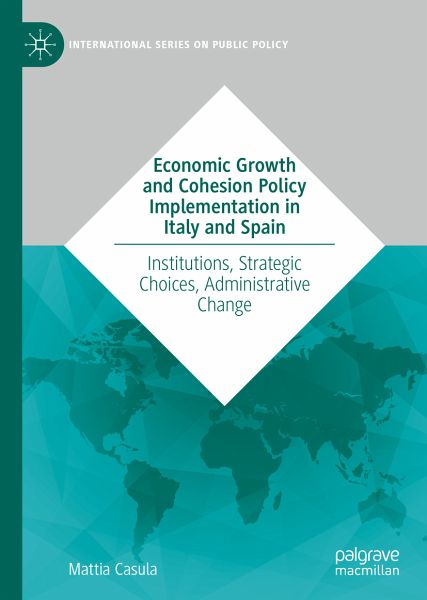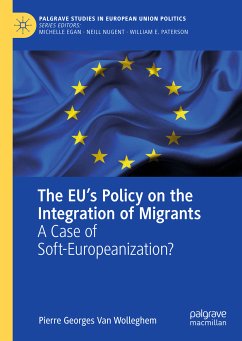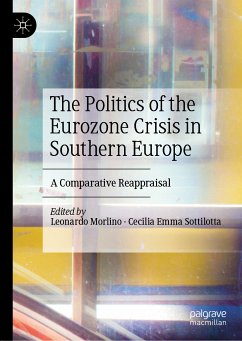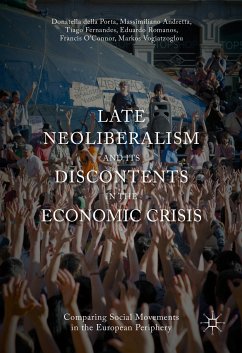
Economic Growth and Cohesion Policy Implementation in Italy and Spain (eBook, PDF)
Institutions, Strategic Choices, Administrative Change
Versandkostenfrei!
Sofort per Download lieferbar
40,95 €
inkl. MwSt.
Weitere Ausgaben:

PAYBACK Punkte
20 °P sammeln!
This book concerns EU Cohesion Policy and the economic convergence of underdeveloped regions in Italy and Spain from the first programming period to the present: it investigates the political and institutional factors that determine the success or failure of implementing EU Cohesion Policy at national and sub-national level, as well as their impact on economic growth. On the wave of the American tradition of development studies, this book suggests that public policy analysis can be fruitful for understanding economic growth and cohesion, if it were to reconstruct domestic public interventions ...
This book concerns EU Cohesion Policy and the economic convergence of underdeveloped regions in Italy and Spain from the first programming period to the present: it investigates the political and institutional factors that determine the success or failure of implementing EU Cohesion Policy at national and sub-national level, as well as their impact on economic growth. On the wave of the American tradition of development studies, this book suggests that public policy analysis can be fruitful for understanding economic growth and cohesion, if it were to reconstruct domestic public interventions for development and the institutional characteristics of the subjects responsible for pursuing development goals. To do so, this book derives its theoretical foundations from the traditional debate on the role of state actors in promoting economic development and on the institutional characteristics that the public authorities involved in the process ofeconomic development should display. More precisely, by adopting an Hirschmanian approach to development, it elaborates an original framework to compare different Cohesion Policy implementations and to understand its economic results in different countries, using Italy and Spain as pilot studies.
Dieser Download kann aus rechtlichen Gründen nur mit Rechnungsadresse in A, B, BG, CY, CZ, D, DK, EW, E, FIN, F, GR, HR, H, IRL, I, LT, L, LR, M, NL, PL, P, R, S, SLO, SK ausgeliefert werden.












